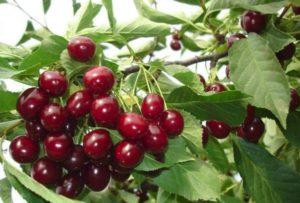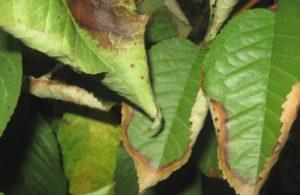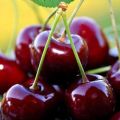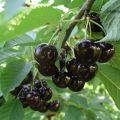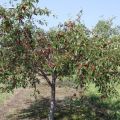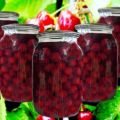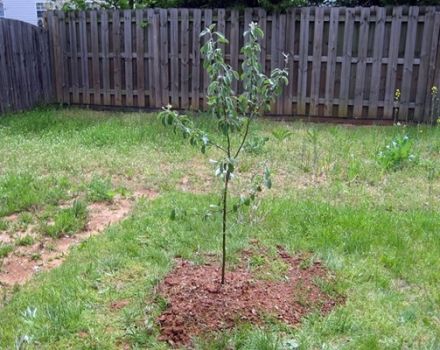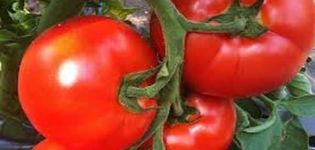Description of the sweet cherry variety Bryanskaya Pink, planting, care and pollination
Many people love fragrant cherries and are looking forward to the arrival of summer to feast on berries. It is important for the gardener that the tree not only produces an abundance of tasty fruits, but also be resistant to damage. The sweet cherry variety Bryanskaya Rozovaya became widespread due to its unpretentiousness and resistance to most diseases characteristic of this fruit tree.
Description and characteristics of sweet cherry Bryansk Pink
There are several varieties with a similar name (Bryanskaya Rose, Bryanskaya Zheltaya). This cherry got its name due to the place of creation, as well as because of the color of the berries. Refers to yellow species due to the color of the pulp.
For the Bryanskaya Rosova cherry, the description indicates that the variety was bred at the All-Russian Research Institute of Lupin. Since 1993, it has become widespread in Russia.
These trees are medium-sized, have a wide pyramidal shape, medium-sized strong branches, no more than 3.5 m in height. The main ones are located upward at an acute angle. The berries are not too large (4-4.5 g), have a round shape, characteristic small dots on the surface of the fruit.
The color of the fruit is pink, the flesh is yellow. Sweet cherries to taste. The stone inside is small, oval, poorly separated from the pulp. This variety is late ripening, flowers in May, and the fruits ripen around the end of July. Cherry actively bears fruit for 5 years in the open field, the yield is average.

Positive and negative sides of the variety
Almost the only drawback is the inability to self-pollinate, but the problem is easily solved - it is enough to plant 2-3 pollinators nearby.
The species is quite resistant to drought, requires watering during flowering and berry formation. Plants are less susceptible to rot, which is also an advantage. Among the advantages of the variety, gardeners note that in the early years, all efforts of the cherry are directed not to the growth of shoots, but namely to fruiting.
Trees perfectly tolerate a large amount of sunlight, at a time when other varieties of cherries can get burned.
A distinctive feature of the variety is its excellent frost resistance, which makes breeding possible in areas with a temperate climate. However, trees can be damaged by spring frosts.
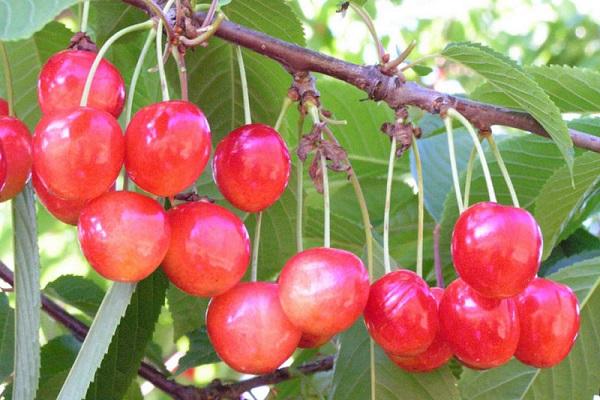
Berries do not crack even in rainy weather, which often happens with other varieties of sweet cherries. In addition, ripe and properly harvested fruits tolerate transportation well.
Features of growing a tree
For all its endurance and unpretentiousness, this variety still has features that must be taken into account.
Time of year for planting cherries
Planting time in open ground depends on weather conditions. In general, cherries are successfully planted in the fall; before the first frosts, they have time to adapt.
If the cold came early, the landing is postponed to spring. In the case when the seedling was acquired late, and the temperature drop came unexpectedly, it can be dug in on the site, then well covered with spruce branches. In this form, the plant will happily survive until the spring planting.
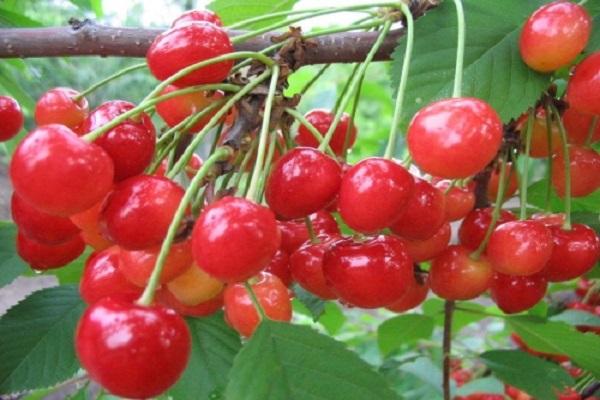
Where to plant cherries
When choosing a place for growing cherries, the following conditions must be observed:
- there should be no strong drafts in the growing area;
- the place should be well lit;
- moisture should not stagnate in the soil.
The site is chosen so that the groundwater is at a distance of at least 1.5 m from the upper level of the earth, otherwise the roots will rot. If it is not possible to avoid this, you will have to make a drainage ditch for water to drain.
It is better if the cherry will grow on a natural hill, if there is none, it can be created artificially.

For the necessary pollination, cherries of a different variety are planted nearby, you can also plant grapes, mountain ash - the trees get along well with such neighbors.
Cherry should be 5 m from other fruit plantations. It is better not to plant cherries - they are constantly sick and will carry diseases to cherries, although cherries are an excellent pollinator for cherries.
If the gardener decides on such a neighborhood, it is necessary to simultaneously process both types of trees.
Soil for planting
It is prepared a month before the cherry is transplanted into the ground. This time is enough for some subsidence to occur. If the planting is carried out in the spring, the pit is prepared in the fall. In the event that the soil on the site is clayey, some sand is added to it.
In addition, at least 1 bucket of humus or compost is placed in the pit, as well as superphosphate (180 g) and potassium sulfate (90 g). By spring, the soil will be completely ready for planting.

What you need to know about a seedling?
Plants no older than 2 years are suitable for planting. Seedlings for transplanting should be 75-100 cm in height. Plants aged 3 or more years do not make sense to plant in the ground, they will take root badly or even die altogether.
The seedling must be healthy, without visible damage. It should have a strong root system, as well as several strong branches (3-4 pieces). Before planting, the roots are wrapped with a damp cloth to avoid drying out. The leaves must be completely removed from the tree.
Cherry planting technology
Planting trees of the Bryansk pink cherry variety is as follows:
- A hole 0.6 by 0.6 m is dug in the prepared place.The depth should be no more than 0.8 m.If the soil is clayey and poorly permeable to water, crushed stone is poured onto the bottom of the hole with a layer of 10 cm.
- A peg is driven into the hole to further support the plant.
- Next, the prepared substrate is poured, which is mixed in a small proportion with fertile soil.
- A young tree is planted in the prepared foundation pit. Its roots are carefully straightened and covered with earth.
- The stem of the plant is tied to a peg.
- Then watered with sufficient water.
- Mulch with peat.
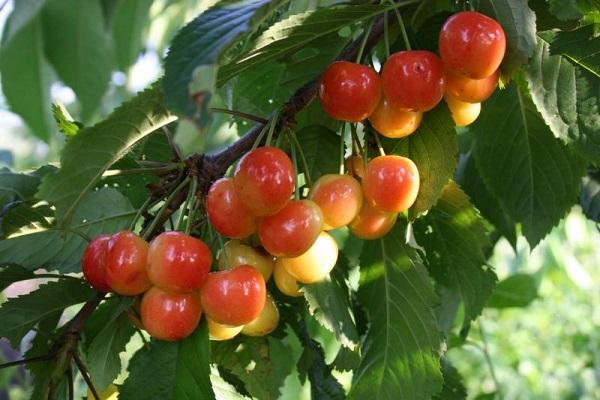
Subtleties of crop care
The plant will need care. Only in this case will it please with a bountiful harvest at the end of summer.
Watering and loosening
Trees of this type require watering no more than 3 times per season:
- At the beginning of flowering.
- During fruiting.
- In late autumn.
A seedling is enough for 15 liters, for an adult tree at least 25 liters of water is needed.
In case of heat, young seedlings in the first year are watered once a week to avoid drying out. Loosening is performed after removing the protective layer. After the procedure, the mulch is returned to its original place.

Top dressing and fertilizers
In the first year, there is no need for additional fertilization. The tree has enough substances that are previously introduced into the pit before planting.
Further, during watering, top dressing is used. Add to the water
- Superphosphate.
- Potassium sulfate.
Each substance needs 20 g.
Urea is additionally added to the composition of the solution in the fall in the same amount.
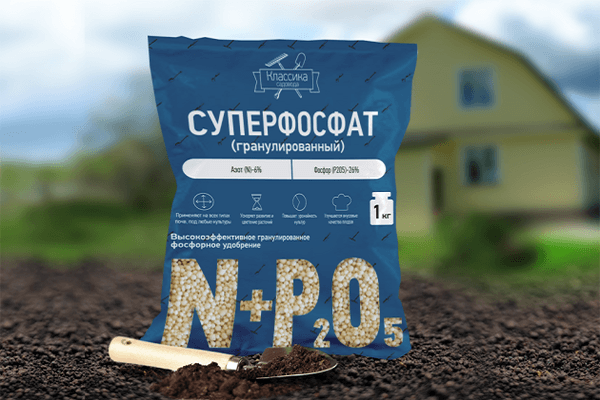
Cherry pruning
Pruning is carried out in the fall or spring. This procedure has a positive effect on the yield of trees, and is also a good prevention of diseases. The crown is created step by step, over 5-6 years, starting from the lower tier. When the tree is fully mature, only improperly growing, diseased and damaged branches will need to be removed.
Preparing the tree for winter
Despite the high frost resistance, trees should be prepared for the arrival of winter.
To prepare plants for winter, carry out the following steps:
- In late autumn, before the onset of cold weather, each tree is watered with a sufficient amount of water.
- Close the barrel.
- Apply humus mulch to the near-stem circle.
Plants 3-4 years old are covered with spruce branches or burlap. Tree trunks are protected from rodents by wrapping them in non-woven materials or netting. It is important to collect snow in the periosteal circle in winter to protect the roots from freezing when frost sets in.
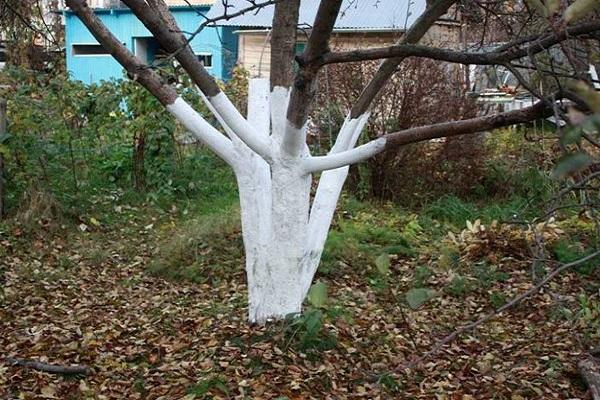
Protection of cherries from diseases and insects
The main fungal diseases affecting fruit trees are:
- moniliosis;
- clasterosporium disease;
- coccomycosis.
Such diseases appear in conditions of high humidity. Sweet cherry Bryanskaya Pink is resistant to diseases, thanks to which it receives positive feedback from summer residents. Also, the gardener must adhere to the rules of agricultural technology and process with insecticide preparations.
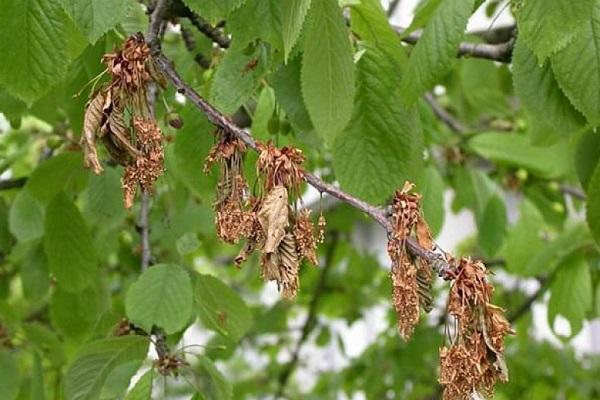
During the ripening of fruits, it is better to replace chemical preparations with products containing natural ingredients. Garlic or onion peel is added to the composition of the solution with which the trees will be treated.
The main insect pests that harm cherries:
- Aphid.
- Cherry fly.
- Goldtail.
- Slimy sawfly.
An infusion of wormwood, tobacco dust and wood ash will help get rid of them, preparations with insecticidal properties help.
In addition to processing with infusions, you should periodically dig up the ground in time, remove fallen and damaged leaves, branches, berries. Remove the insects themselves by hand.
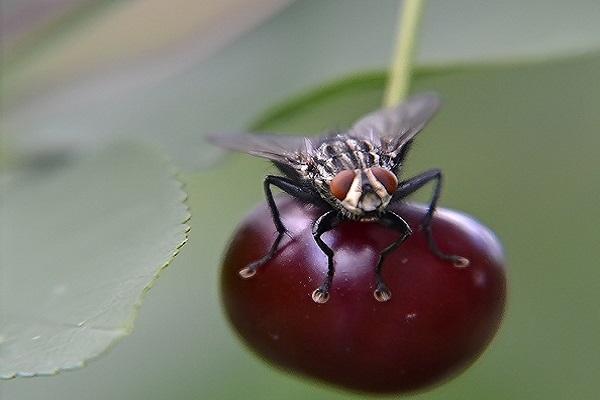
Collection, use and storage of crops
The berries must be removed together with the stalk, only in this case they can keep fresh. Transportation is tolerated normally, provided that the container is strong.
Berries are mostly consumed fresh, but they are suitable for conservation and long-term freezing.
